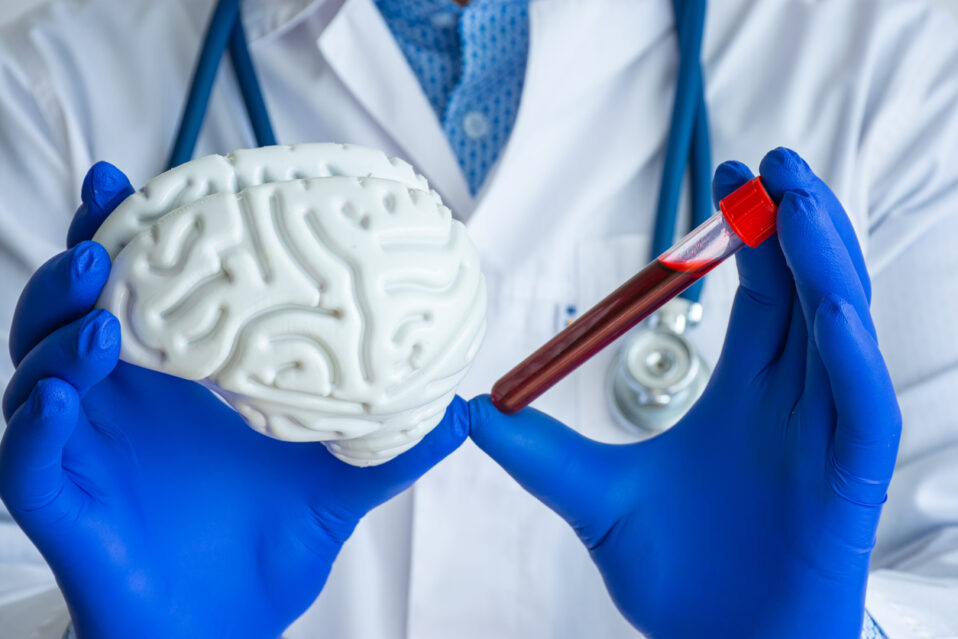Summarized by Tulika Das, MS
October 2025
Doctors use a test called the Glasgow Coma Scale (GCS) to measure how serious a brain injury is. A higher score means a milder injury, and a lower score means a more serious one. Another test, called the Glasgow Outcome Scale Extended (GOSE), helps track how well someone recovers over time. While these tools are helpful, they don’t always show the full picture—especially for people with mild brain injuries, who might still experience lasting problems even when their test scores seem normal.
Researchers have found that looking at biomarkers—special proteins in the blood—can help doctors better understand brain injuries. When brain cells are damaged, these proteins increase in the bloodstream. Three biomarkers are especially useful: NFL, which shows nerve damage; UCH-L1, which signals injury to brain cells; and GFAP, which indicates changes in the brain’s support cells. Higher levels of these markers usually mean the brain has been more seriously hurt.
In a study of 2,479 people with different levels of brain injury, researchers found that biomarker levels increased as injuries became more severe. Even people with mild injuries showed patterns in their blood that matched how much damage showed up on brain scans. Those with higher biomarker levels were more likely to have ongoing problems or slower recovery, while those with lower levels tended to heal better.
Overall, this study suggests that blood tests for biomarkers can give doctors and families a clearer picture of brain injury and recovery. For patients with mild injuries, these tests can help doctors identify who might need extra care early on. For people with severe injuries, the results can guide families in understanding what to expect and making informed choices about treatment and long-term care.
For more information https://pubmed.ncbi.nlm.nih.gov/39191173/



